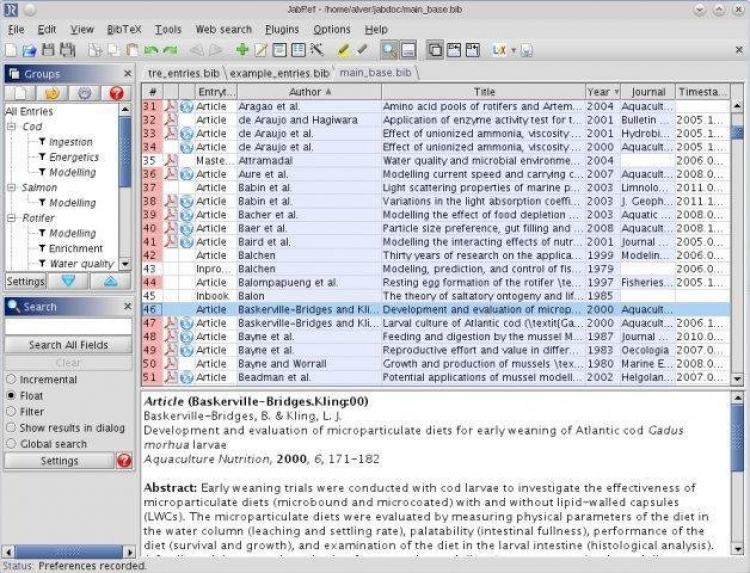

In principle, figurative language represents the counterpart to literal language: the meaning intended by a speaker is not equivalent to the literal meaning of the expression. However, results of neuro-measurement studies on figurative language processing are often contradictory due to discrepancies in definitions, terminology, and practical implementation.Ī central issue in figurative language research is that there is no universally agreed upon definition of the term of “figurative language” or its subtypes, which makes it harder to pinpoint what kind of language exactly has been researched in numerous studies. Research on the structural and functional cerebral conditions of figurative language processing can therefore also serve to better understand higher order language impairments.

Impaired figurative language processing is documented for several clinical populations that all present some kind of structural and/or functional brain deviations, such as neurodegenerative, psychiatric and neurodevelopmental disorders (Thoma and Daum, 2006) as well as patients with acquired brain trauma. Therefore, the comprehension and utilisation of figurative language plays an essential role in interpersonal communication, and impairments in figurative language processing and production may lead to substantial problems with social competence (e.g., Kauschke, 2021) or mental health (Cohen et al., 2013), even though problems with figurative language can exist in the absence of any other verbal problems. The high amount of figurative expressions in language convey information on a multitude of communicative levels, e.g., affective, intentional, or simple factual messages. And should we come across any more obstacles, we can take them in stride and look at the bright side of life. We might even form close relationships with people with warm personalities along the way, treasuring them for their big hearts. Our everyday language is infused with figurative expressions: when our lives turn into a roller-coaster ride, we need to keep a clear head and find a steady path again. We propose the development of a consensus in fundamental terminology and more transparency in the reporting of stimulus design in the research on figurative language processing. We identify severe obstacles in the comparability and validation potential of the results of the papers in our review corpus. We found both a lack and a broad variety in existing definitions and operationalisation, especially in regard to familiarity and conventionality. We explicitly do not analyse the findings of the studies but instead focus on four primary aspects: definitions of figurative language and its subtypes, linguistic theory behind the studies, control for factors influencing figurative language processing, and the relationship between theoretical and operational definitions. We critically examine the theoretical foundations as well as stimulus control by performing a systematic literature synthesis according to the PRISMA guidelines. In this systematic review of research methods, we analyse linguistic aspects of 116 research papers which used EEG, fMRI, PET, MEG, or NIRS to investigate the neural processing of the two figurative subtypes metaphor and idiom. However, results are often contradictory, which can be traced back to inconsistent terminology and stimulus control. The processing of metaphors and idioms has been the subject of neuroscientific research for several decades.


 0 kommentar(er)
0 kommentar(er)
